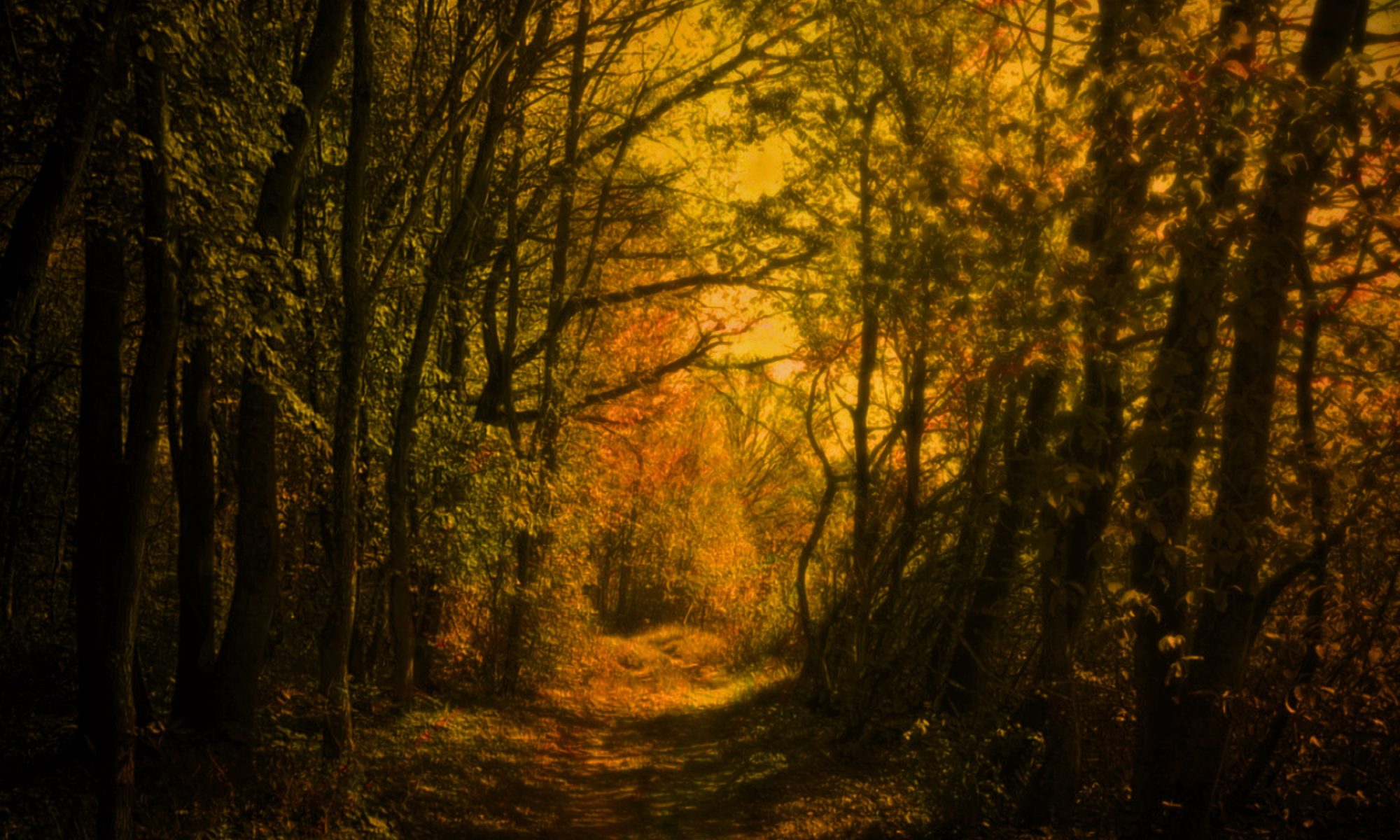Welcome
Into the Woods is both a project and a course. You’re looking at the project website. Students at four different public liberal arts colleges collaborated on this project in fall 2017 under the guidance of Professors Paul Schacht (English, SUNY Geneseo) and Debra Schleef (Sociology, University of Mary Washington). Both the project and the course are part of COPLACDigital, an initiative of the Council of Public Liberal Arts Colleges (COPLAC) funded by the Mellon Foundation.
Participating students at each institution studied a nearby intentional community — a group of people living communally and sustainably in accordance with explicit, shared values. As they did so, they compared what they saw and heard with what they were learning in our associated course through readings and discussion about past and present experiments in communal living. The students at each institution built a website to profile the community they studied and explore how the community addressed paradigmatic issues and challenges in communal living.
To build sites that would effectively communicate their knowledge, the students had to make themselves conversant with the content management platform WordPress, stretch their capabilities with digital tools for recording and sharing audio and video content, choose from an array of visualization aids such as TimelineJS and Google Maps, and consider principles of good web design as much as sound research practice.
Project sites
- Keene State University (Miles Duhamel, Savannah Robert)
- SUNY Geneseo (Dana Carmeli, Cody McDaniel)
- Midwestern State University (Lane Riggs)
- University of Mary Washington (Sarah Kinzer, Maureen Sullivan)
